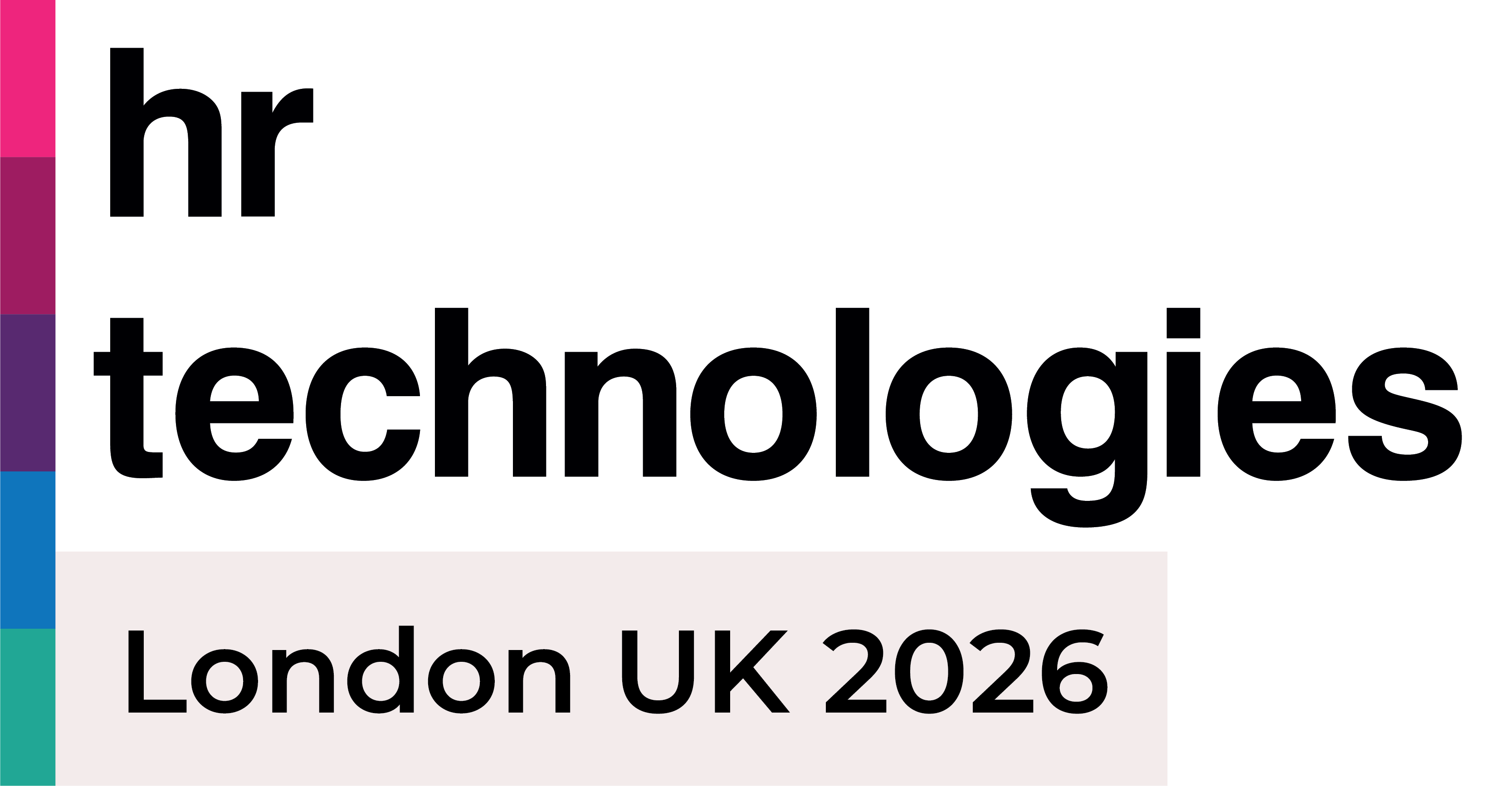Don’t just be a friend on my birthday: Making inclusion continuous

Every June, it’s wonderful to see the outpouring of support for the LGBTQIA+ community from so many companies across so many industries. It goes a long way to show how far we’ve come as a society when this support is no longer seen as subversive or rebellious, but the norm. The same can be said of International Women’s Day, Black History Month and any number of other days, weeks and months dedicated to supporting employees’ shared identities.
We often hear stories, however, that many of these companies that outwardly fly the proverbial flag do very little to be inwardly supportive. A business will release a heartfelt video for Mother’s Day while offering as little maternity leave as legally possible. Or, they’ll hold a webinar for Mental Health Awareness Week while a huge proportion of their workforce struggle with burnout.
This leads to a lot of bad sentiment. According to SurveyMonkey, 64% of LGBTQIA+ employees and their allies believe their companies' efforts are mostly performative gestures rather than a meaningful commitment to diversity, equity, and inclusion. Surely this is better than nothing, though, right?
…but I don’t even like golf?
Say you have a friend you’re not all that close with. A couple messages here and there every couple months or so. Maybe you see them and exchange updates at parties of mutual friends. More of an acquaintance, really. That is, until your birthday. When your birthday rolls around, they share you all over their social media – you’re not sure where they got the photos from and you wouldn’t have approved them if they’d asked. This “friend” also proudly posts that they bought you a brand-new set of golf clubs, which would be great…
The fact that this person only really pays attention to you on your birthday, and does so very publicly, doesn’t make you feel appreciated. If anything, it makes you feel exploited. This person is using your birthday to show everyone else what an amazing friend they are – even though they’re not a good friend at all. If the present they bought you was a good one, you could at least grin and bear it, but now you have to find a place for all these clubs you’ll never use.
In the same way, celebrating your support for your employees for one month when you do very little for them throughout the other 11 doesn’t risk just falling flat – it can disillusion them from you altogether.
Look inwards, not outwards.
The point above goes double if the way you choose to express support for a community is tone deaf. If you brought a drag queen along to the office for a Pride party, for example, did you at least stop to wonder if you had any fans of drag in the workplace first? Sure, it’s an important part of the wider LGBTQIA+ culture, but what about the actual people under your roof? It’s things like this that lead to 34% of people believing companies don’t listen to LGBTQIA+ perspectives when planning for Pride.
Pride is just one example, however. It’s also decorating an International Women’s Day panel in pink and florals. It’s soundtracking a Black History Month social with a hip-hop playlist. It’s providing every attendee at a Neurodivergence workshop with a branded fidget spinner.
While usually well-intentioned, these attempts at allyship risk conveying the opposite: that you see members of these groups as one-dimensional, rather than the unique individuals that they are.
That’s why every inclusion initiative must be built in collaboration with the employees you’re looking to support. If you struggle to find those who want to participate, then it may mean either that you don’t have a large presence of that group in the business, or that your culture doesn’t promote an open and welcoming environment for them.
On the opposite end of the spectrum, maybe the groups to which your employees belong are more specific and unique to your business. Perhaps, for example, by some coincidence you have an unusually high number of French employees. In this case, celebrations for Bastille Day and other French holidays would be a good idea, as well as including French pop songs in your Christmas party playlist. Or, perhaps you can offer French lessons to those who want to better communicate with their colleagues. The point is this: to make sure you’re acknowledging, respecting and celebrating the cultural identities in your business, you first have to listen to your team to find out what those identities actually are, and what they mean to those individuals.
Sometimes it’s buying flowers, sometimes it’s watering the plants.
Being appreciative to your employees is like being appreciative to a partner. Yes, the big gestures are lovely, especially when they’re for no particular reason (have you ever been given a bunch of flowers out of the blue?). But, most of it is just the small, everyday things that make their lives that little bit easier.
Ask yourself, what can your company do every day, every week, or every month to support and embrace your employees’ identities? Here are a few things we’ve noticed that can make a real impact all year round:
- Encouraging people to put their pronouns in their email signatures (regardless of gender identity) shows real solidarity for those that are trans or gender non-conforming.
- Similarly, encouraging the addition of phonetic pronunciations after names helps those with more unfamiliar names to feel less singled out. (For example, I as the writer of this article would write “Huw Landauer (Hyoo Land-hour)”).
- Introducing flexible hours gives particular relief to working parents and those with other caregiving responsibilities.
- Similarly, regular social events that don’t take place in the evening and aren’t centred around alcohol prevents those mentioned above as well as those of different faiths from feeling excluded.
- “Employee Spotlights” in internal newsletters that encourage a focus on identity can help people feel more informed and less alone.
- A book club that champions authors who share identities with your employees, or whose entries are suggested by the employees themselves, can give your team the chance to share their cultural experiences in a way that doesn’t pressure them to articulate it themselves.
- A quarterly forum in which employees can submit ways in which the business can be more inclusive, or ways in which it’s currently missing the mark, does wonders for making people feel heard.
- Intersectionality workshops, in which employees are encouraged to speak about the ways their different identities interact (e.g. being a neurodivergent parent, or a non-binary Muslim), acknowledge that not only is a person more than just the identities to which they belong, but that the experience of one can directly affect the experience of another.
The inclusion conclusion.
According to EY’s 2023 Belonging Barometer, 75% of employees report having felt excluded at work. Sometimes this will go beyond cultural identities, having more to do with clashes of personality, but lots of that can be down to unconscious bias.
Ultimately, inclusion has to be personal. If you start with a group you want to include – such as LGBTQIA+ people, people of colour or the neurodivergent – and then try to find members of it, you’re approaching from the wrong direction. You need to speak to your employees and find out what matters to them, and act from there. Maybe your working parents prefer the workplace to be where they can feel more like an individual than a mum or a dad. Maybe you have a presence of trans people in the business, but they’d feel uncomfortable being placed under a spotlight and asked to be a representative. So, conversations must be had to find out how they want to be included. Waving a flag from the top of your building once in a while isn’t enough. Belonging must be built from the ground up, every day of the year.
